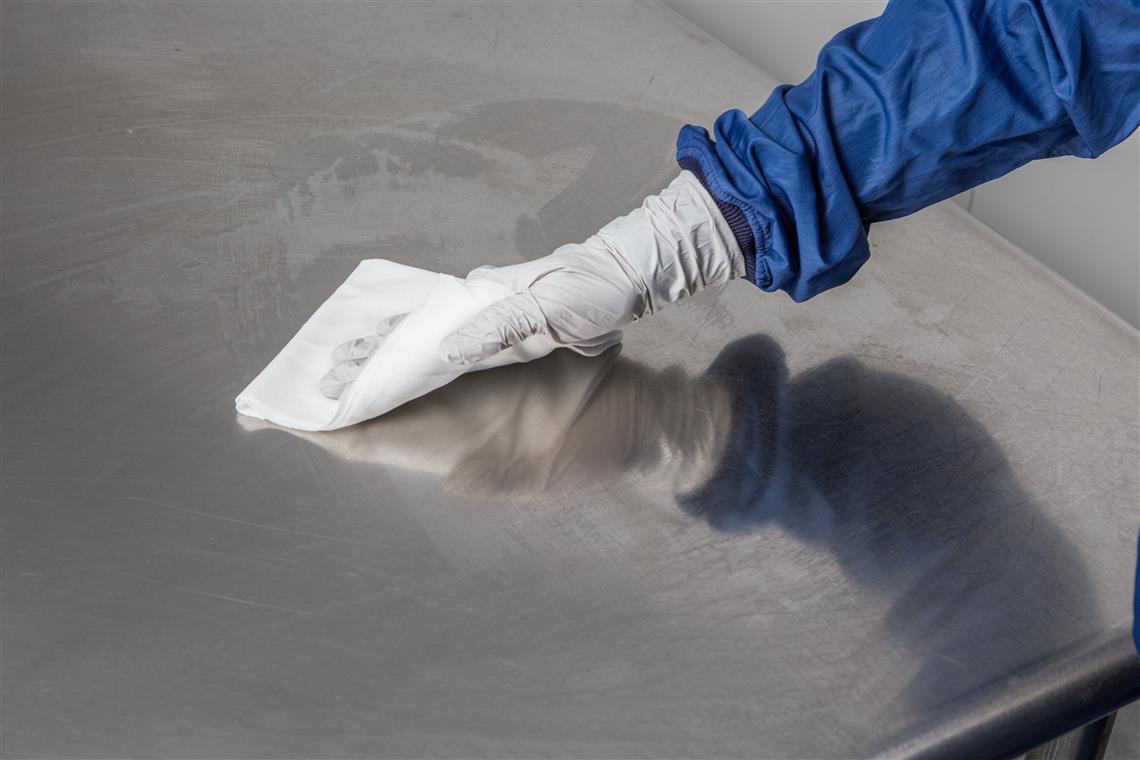- 2025
- 2024
- 2023
- 2020
- 2018
Is There Ever a Convenient Time to Clean?
If you’ve ever thought cleaning your cleanroom feels like an inconvenient chore, you’re not alone. Asking whether it’s a convenient time to clean is a bit like asking if it’s a convenient time to have your impacted molars removed, the answer is always “no.”
Cleaning isn’t glamorous. It rarely feels rewarding, and in many cases, cleanroom surfaces look no different afterward. Still, while it may not excite anyone, cleaning is one of the most critical tasks for contamination control. Neglecting it can lead to contaminant build-up on critical surfaces, threatening both processes and product yield.
Even in today’s advanced, fully automated manufacturing environments, there’s no substitute for the physical act of wiping. The energy applied during wiping physically removes contaminants, and the wiper itself traps and contains them. In short: effective cleaning is as essential as the most advanced equipment in the room.
The Three Keys to Effective Cleanroom Cleaning
1. Clear Protocols and Training
Operators need simple, written guidelines for wiping procedures:
• What to wipe
• Which wipers and cleaning agents to use
• How often cleaning should occur
• Proper techniques for wiping
Training should be consistent and reinforced with visuals like illustrated posters. A good practice is to have operators wipe down their immediate work area at the start of every shift. This ensures they begin with a contamination-free environment.

2. Convenience of Supplies
If cleaning products aren’t easy to access, cleaning often gets skipped. Keeping wipers, especially pre-wetted ones, at workstations dramatically improves compliance.
• Pre-wetted wipers eliminate the hassle of finding spray bottles and ensure the right amount of cleaning solution is always available.
• Accessible storage encourages operators to clean before, during, and at the end of shifts, making glove wipe-downs quick and routine.
Convenience directly translates to better adherence to protocols.
3. Regular Audits
Routine audits are essential for accountability and continuous improvement. These may include:
• Visual checks of surfaces under bright, angled light
• Sampling surfaces for particle levels
• Tracking wiper use by zone
• Checking for discarded used wipers
Periodic audits provide valuable feedback on cleaning frequency and effectiveness, helping teams identify gaps before they impact production.
Conclusion: When Is the “Right” Time to Clean?
The truth is, there’s never a naturally convenient time to clean. But when operators are properly trained, cleaning products are always on hand, and audits provide accountability, cleaning becomes a routine part of operations rather than a disruption.
Convenience drives compliance and compliance leads to cleaner, safer, and more productive cleanrooms.
Want to learn more about contamination control best practices? [Click here to contact a rep and learn more]
